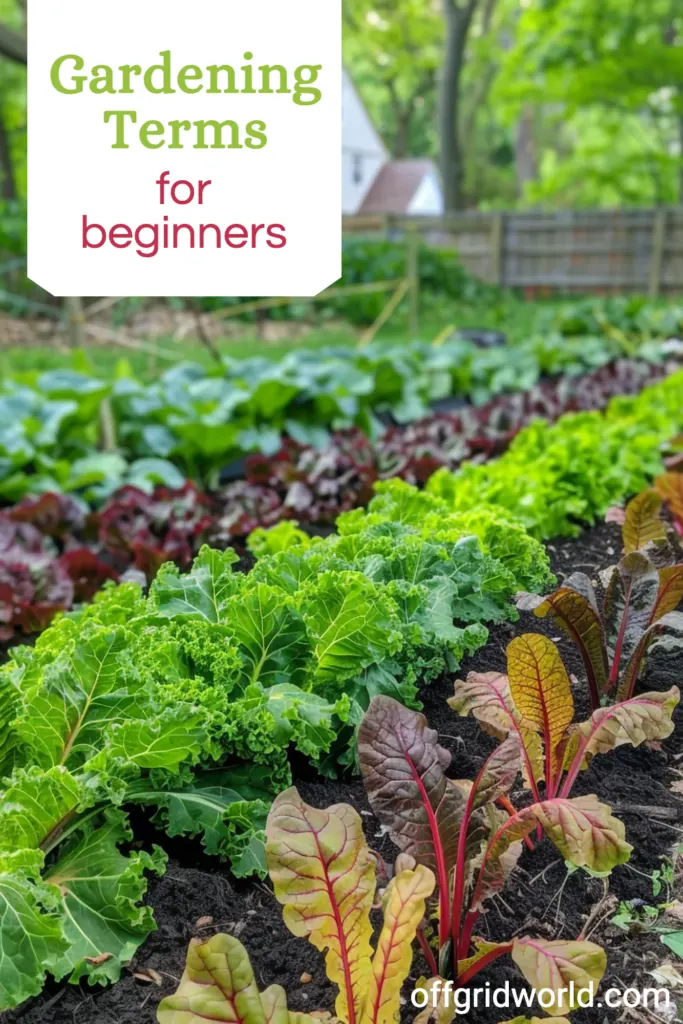Gardening is a rewarding and therapeutic hobby, but for beginners, the terminology can often seem like a foreign language. Understanding these terms can make the difference between a flourishing garden and a struggling one.
This guide aims to demystify the most common gardening terms, providing you with the knowledge you need to get started on your gardening journey with confidence. By familiarizing yourself with these terms, you can better understand gardening guides, seed packets, and advice from experienced gardeners, ensuring that you make informed decisions for your garden.
Furthermore, knowing the right terminology can aid in diagnosing plant issues, understanding plant needs, and implementing effective gardening techniques. Whether you’re planting your first vegetable crop or designing a flower bed, having a solid grasp of these terms will enhance your gardening experience, making it more enjoyable and successful. This guide is your first step towards becoming a knowledgeable and confident gardener.
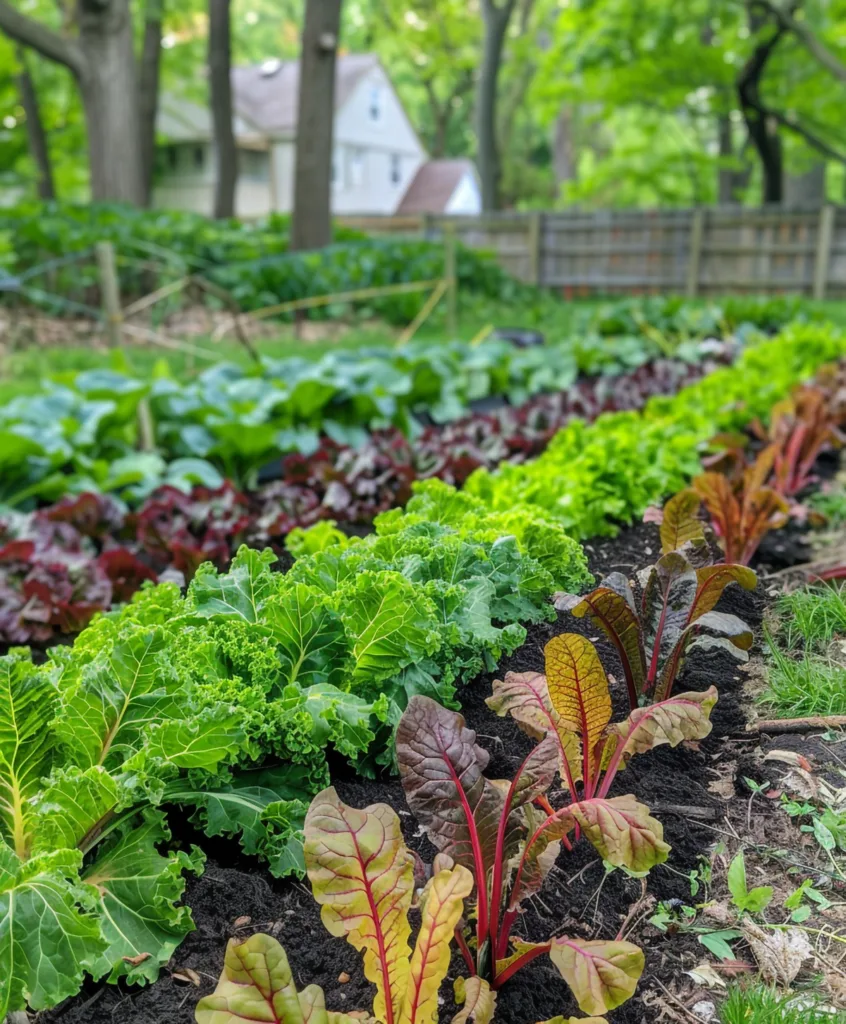
Gardening Terminology for Beginners
We’ll start with basic soil terms for soil health and structure, then move to plant types and life cycles. Next, we cover planting and growth techniques, followed by essential gardening practices and maintenance tips. Lastly, we’ll discuss seasonal gardening concepts and plant characteristics to help you select the right plants for your climate. Ready to dig in? Let’s go!
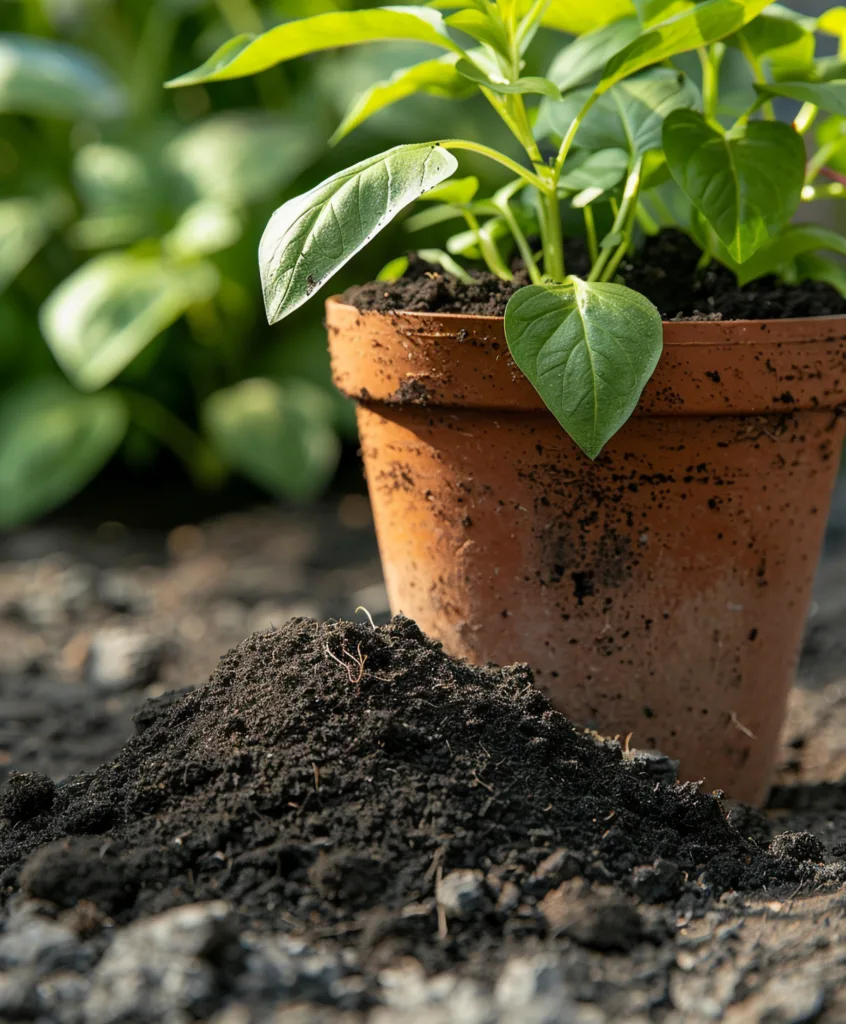
Basic Soil Terms
- Soil structure: The arrangement of soil particles into aggregates, which affects the soil’s ability to retain water, allow air flow, and support plant roots. Good soil structure is necessary for healthy plant growth and preventing soil erosion.
- Soil surface: The top layer of soil where seeds are sown and mulch is applied. This layer is where seed germination and initial plant growth happen, and its condition can affect water infiltration and evaporation rates.
- Soil type: Classification based on texture and composition, such as clay, sandy, or loamy soils. Different soil types have varying capacities for water retention and nutrient availability, which influence plant health and growth.
- Soil conditions: Overall state of the soil, including moisture, pH level, and nutrient content. Understanding soil conditions helps gardeners choose suitable plants and necessary soil amendments.
- Soil fertility: The ability of soil to sustain plant growth by providing essential nutrients. Fertile soil contains a balanced supply of macronutrients and micronutrients necessary for plant development.
- Soil test: A process to determine the nutrient content, composition, and other characteristics of soil. Soil tests provide valuable information for improving soil fertility and addressing specific soil deficiencies.
- Acid soil/acidic soil: Soil with a pH below 7.0, often requiring specific plants that thrive in such conditions, like blueberries and azaleas. Acidic soils may need lime to raise the pH for plants that prefer neutral to alkaline conditions.
- Alkaline soil: Soil with a pH above 7.0, suitable for plants that prefer less acidic conditions, such as lavender and clematis. Alkaline soils may require sulfur or organic matter to lower the pH for acid-loving plants.
- Clay soil: Soil with a high clay content, which can be heavy and compact but holds nutrients well. While clay soil can be challenging to work with, adding organic matter can improve its texture and drainage.
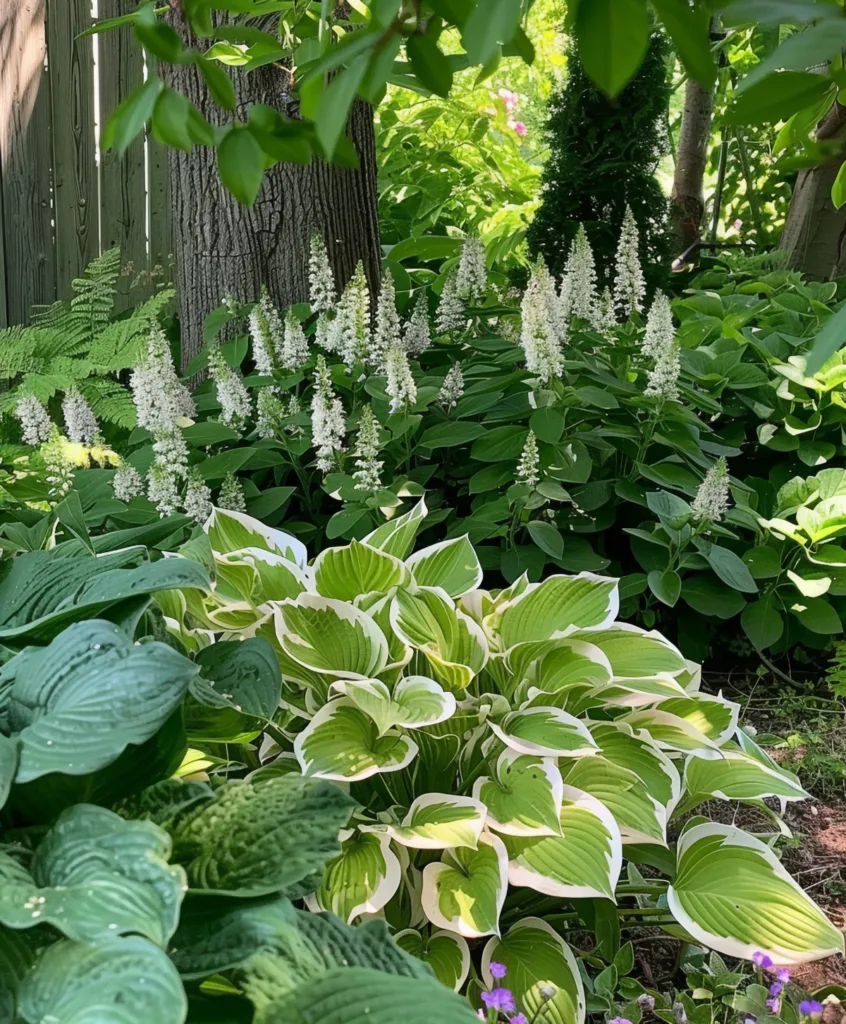
Plant Types and Life Cycles
- Annual plant: Completes its entire life cycle within one growing season, from germination to seed production and death. Common examples include marigolds and tomatoes, which need to be replanted each year.
- Biennial plant: Takes two years to complete its life cycle, usually flowering in the second year. Plants like carrots and foxgloves grow vegetative parts in the first year and produce flowers and seeds in the second year.
- Perennial plant: Lives for more than two years, flowering and producing seeds multiple times throughout its lifespan. Examples include hostas and peonies, which return each growing season without replanting.
- Tender perennials: Perennials that are sensitive to cold and may need protection in colder climates, such as geraniums and dahlias. These plants may be grown as annuals in regions with harsh winters.
- Organic matter/organic material: Decomposed plant and animal residues that improve soil structure and fertility. Adding compost, manure, or leaf mold can increase the organic matter content in the soil, promoting healthy plant growth.
- Growing medium: The material in which plants are grown, such as soil, peat, or coco coir. Different growing mediums provide varying levels of nutrients, drainage, and aeration, essential for optimal plant development.
- New plant/new seeds: Newly germinated or planted specimens that require careful nurturing to establish strong roots and growth. Young plants are especially vulnerable to environmental stresses and pests.
- Plant roots: The parts of the plant below the ground that absorb water and nutrients. Healthy root systems are crucial for plant stability and nutrient uptake.
- Plant material: Various plant materials used in gardening, including seeds, cuttings, and transplants. These materials are the starting points for growing new plants and ensuring garden diversity.
- Determinate plant: A type of plant that grows to a certain height, produces all its fruit within a short period, and then stops growing. Common in certain tomato varieties, determinate plants are ideal for gardeners who want a large harvest at once for canning or preserving.
- Indeterminate plant: A type of plant that continues to grow and produce fruit throughout the growing season. Indeterminate plants, such as some tomato varieties, require staking or support and are suitable for gardeners who prefer a continuous harvest over time.
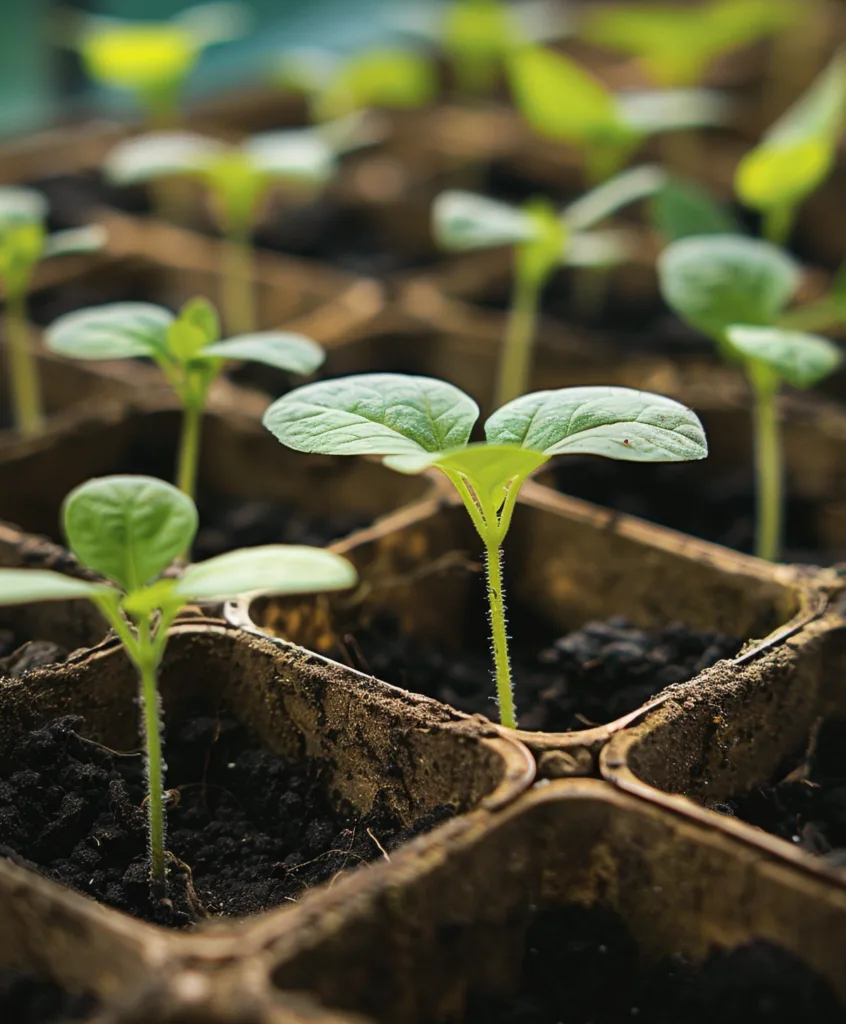
Planting and Growth
- Direct sow: Planting seeds directly in the garden rather than starting indoors. This method is often used for plants that do not transplant well, such as carrots and beans.
- Young plants: Newly sprouted or transplanted plants that need extra care, including proper watering, protection from pests, and sufficient sunlight. These plants are in a critical growth stage and require optimal conditions to thrive.
- Transplanting: Moving a plant from one location to another, often from a pot to the ground. Transplanting allows gardeners to start plants indoors and move them outside when conditions are favorable, reducing the risk of frost damage.
- Main stem: The primary support structure of the plant from which branches grow. The main stem is essential for transporting nutrients and water throughout the plant, as well as providing structural support.
- Aerial roots: Roots that grow above ground, often seen in tropical plants and orchids. These roots can absorb moisture and nutrients from the air, helping the plant survive in humid environments.
- Flower buds: The early stages of flowers before they bloom. Proper care of flower buds, including protection from pests and sufficient nutrition, ensures successful blooming and reproduction.
- Set seed: The process by which plants produce seeds after flowering. Seed setting is crucial for plant reproduction and the continuation of the species.
- Underground storage organ: Parts of the plant like tubers or bulbs that store nutrients, such as potatoes and tulips. These organs allow the plant to survive adverse conditions and regrow in the following season.
- Plant growth: The development and increase in size of a plant over time. Plant growth depends on factors like light, water, nutrients, and temperature, and can be influenced by practices like pruning and fertilization.
- Bare root: Plants that are sold with their roots exposed, not in soil, typically during dormancy. Bare root plants are often more economical and easier to transport, and they need to be planted promptly to ensure successful growth.
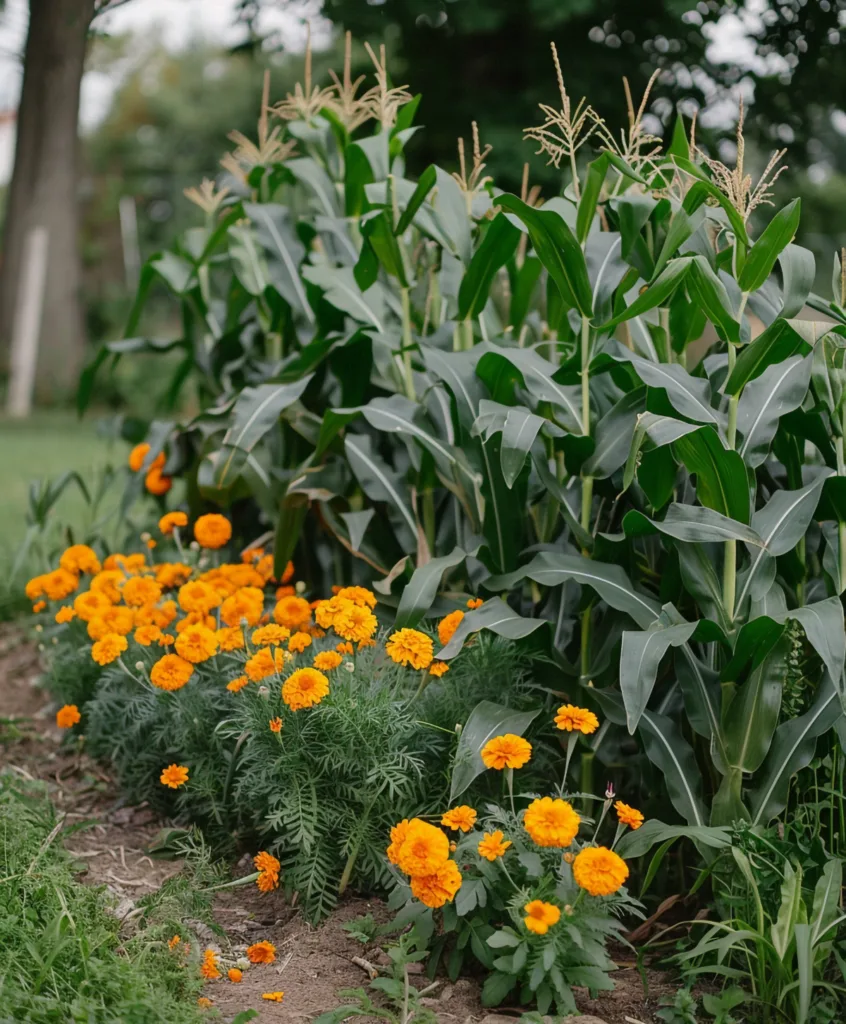
Gardening Techniques and Practices
- Crop rotation: Alternating the types of crops grown in a specific area to maintain soil health and reduce pests. This practice helps prevent soil depletion and disrupts pest and disease cycles by varying the plants grown in each plot.
- Companion planting: Growing different plants together for mutual benefit, such as pest control or enhanced growth. Examples include planting marigolds with tomatoes to deter nematodes or basil with peppers to improve flavor and growth.
- Cover crops: Plants grown to cover the soil, preventing erosion and improving soil health. Common cover crops like clover and rye add organic matter to the soil and can suppress weeds when tilled back into the ground.
- Green manure: Plants grown to be turned into the soil to improve its organic content and fertility. Leguminous green manures like alfalfa and vetch also fix nitrogen in the soil, benefiting future crops.
- Organic gardening: Gardening without synthetic fertilizers and pesticides, focusing on natural processes and inputs. This method promotes biodiversity, soil health, and sustainable practices by using compost, crop rotation, and natural pest control.
- Organic fertilizers: Natural materials used to enrich the soil, such as compost, bone meal, and fish emulsion. These fertilizers provide essential nutrients in a slow-release form, improving soil structure and fertility over time.
- Biological pest control: Using natural predators or parasites to manage garden pests. Examples include releasing ladybugs to control aphids or using nematodes to combat soil-dwelling pests, reducing the need for chemical pesticides.
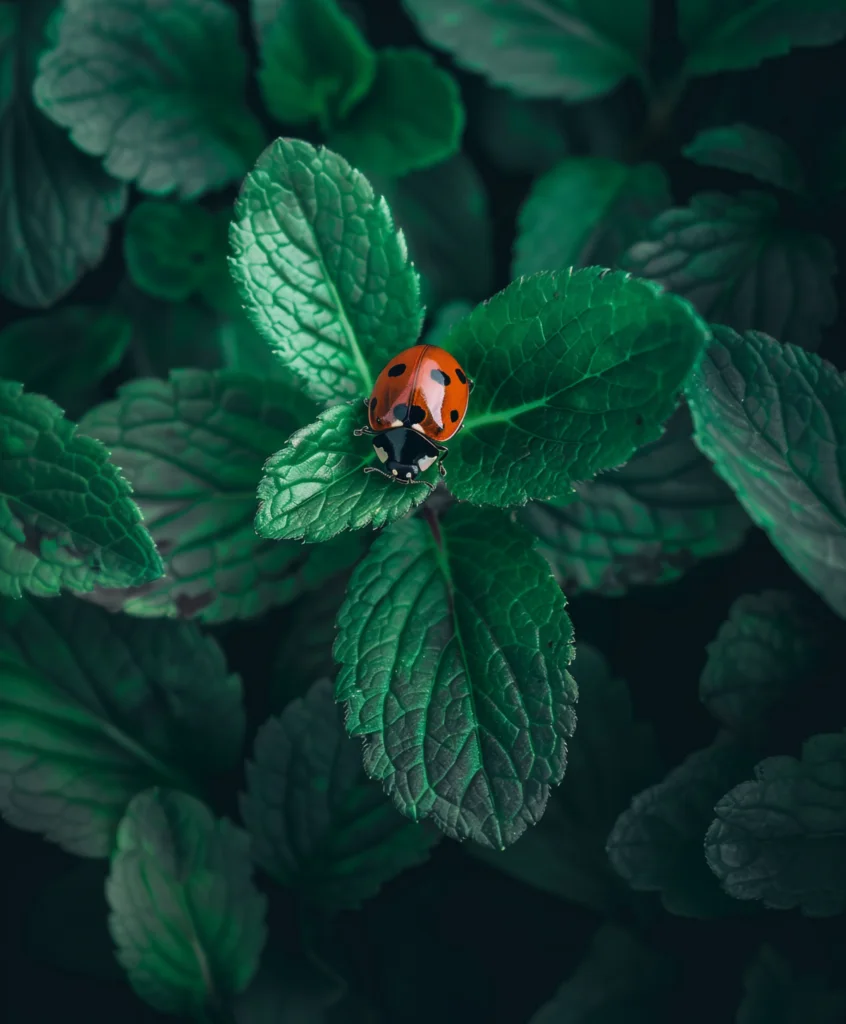
Garden Maintenance
- Water retention: The ability of soil to hold water for plant use. Soil with good water retention ensures that plants have a steady supply of moisture, reducing the need for frequent watering and helping plants survive dry periods.
- Good drainage: Soil’s ability to allow excess water to flow away, preventing root rot and other water-related issues. Good drainage is essential for plant health, especially in areas with heavy rainfall or for plants that are sensitive to waterlogged conditions.
- Drip irrigation: A water-saving irrigation method that delivers water directly to plant roots through a network of tubes and emitters. This efficient system reduces water waste and ensures that plants receive a consistent and targeted water supply.
- Deadheading: Removing spent flowers to encourage further blooming and prevent plants from setting seed. This practice helps prolong the flowering period and keeps the garden looking tidy and vibrant.
- Row cover: Protective fabric used to shield plants from pests, frost, and extreme weather conditions. Row covers can extend the growing season by providing a warmer microclimate and protecting crops from insect damage.
- Cold frame: A transparent structure that protects plants from cold weather, allowing for an extended growing season. Cold frames are often used to harden off seedlings before transplanting them into the garden and to grow cold-tolerant crops during the winter.
- Garden pests: Insects or animals that damage plants by feeding on leaves, stems, roots, or fruits. Common garden pests include aphids, slugs, and rabbits, which can be managed through various methods, including barriers, traps, and natural predators.
- Beneficial insects: Insects that help with pollination or pest control, such as bees, ladybugs, and lacewings. Encouraging beneficial insects in the garden can enhance plant health and reduce the need for chemical pest control.
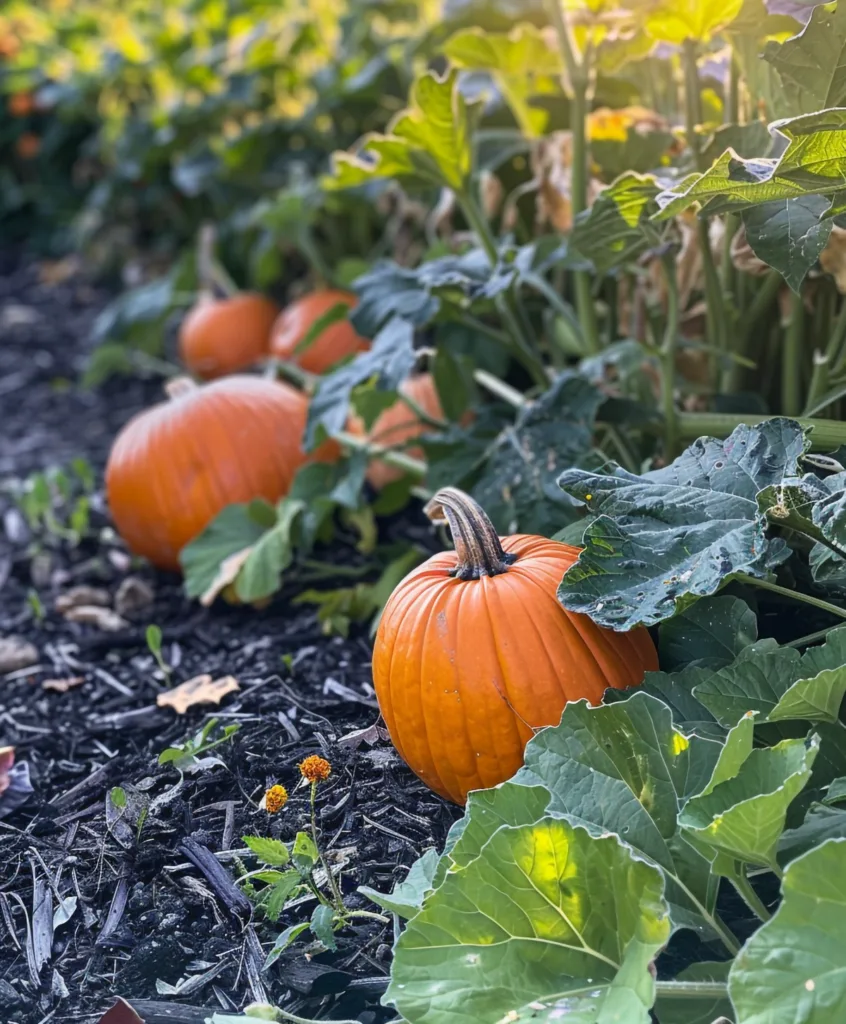
Seasonal Gardening
- Early spring: The period after winter when the soil begins to warm, ideal for planting cool season crops like peas, lettuce, and radishes. Preparing the garden in early spring ensures a strong start to the growing season as temperatures gradually rise.
- Early summer: Time for planting heat-loving crops such as tomatoes, peppers, and cucumbers, and maintaining garden growth. Early summer is also a key period for mulching to conserve moisture and control weeds as temperatures increase.
- First year/following year: Refers to the stages of plant growth or crop rotation, often used to describe biennial plants or the initial phases of a gardening plan. In the first year, plants establish their roots and foliage, while the following year often sees flowering and seed production.
- Second year: In the context of biennial plants, the year when flowering and seeding occur. During the second year, biennials like carrots and foxgloves complete their life cycle by producing flowers and seeds.
- End of the growing season: When plants begin to die back or go dormant as temperatures drop in late autumn. This period involves harvesting the last of the crops, cleaning up garden debris, and preparing the soil for winter.
- Last frost date: The average date of the last frost in spring, essential for timing plantings. Knowing the last frost date helps gardeners avoid planting tender plants too early, preventing frost damage.
- Full sun/full shade/part sun: Terms describing the amount of sunlight a plant needs. Full sun means at least 6 hours of direct sunlight per day, full shade means very little direct sunlight, and part sun means around 3-6 hours of direct sunlight.
- Hours of direct sunlight: The total hours a garden area receives direct sunlight, influencing plant selection. Plants have different sunlight requirements, and understanding these needs helps ensure they grow healthy and strong.
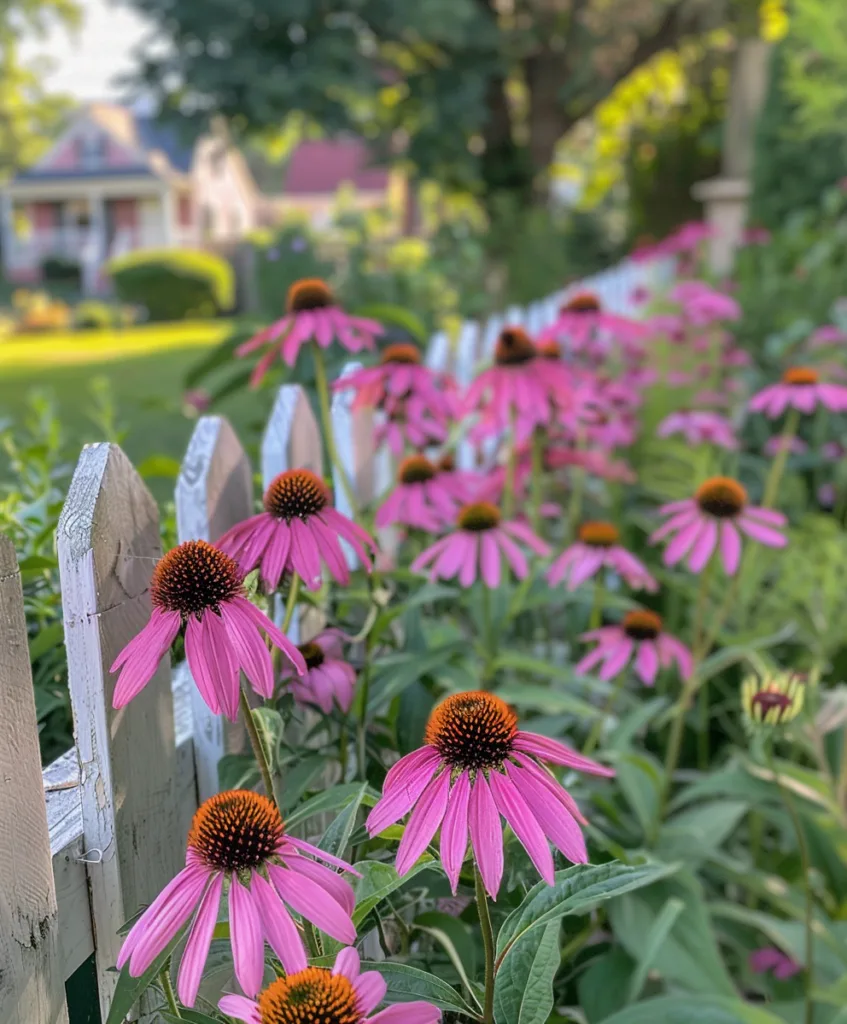
Plant Characteristics and Preferences
- Native plants: Species that are naturally found in a specific region and typically require less maintenance. Native plants are adapted to local climate and soil conditions, making them more resilient and beneficial for local wildlife.
- Tender plants: Plants that are susceptible to frost and cold temperatures. These plants, such as impatiens and begonias, need to be protected or brought indoors during colder months to prevent damage.
- Cool season crops: Vegetables that thrive in cooler temperatures, such as lettuce, spinach, kale, and broccoli. These crops are typically planted in early spring or fall and some can tolerate light frosts.
- Leafy greens: Vegetables grown for their leaves, like kale, arugula, and Swiss chard. Leafy greens are often quick-growing and can be harvested continuously over several weeks.
- Vegetable crops: Edible plants grown for their roots, stems, leaves, or fruits, such as carrots, beans, and tomatoes. Vegetable crops are the mainstay of edible gardens and require careful planning to ensure a bountiful harvest.
- Annual flowers: Flowers that complete their life cycle in one season, providing seasonal color and variety. Examples include marigolds, zinnias, and petunias, which need to be replanted each year for continuous blooms.
- Fruit trees: Trees that produce edible fruits, such as apple trees, peach trees, and cherry trees. Fruit trees require specific care, including pruning, fertilization, and pest management, to produce healthy and abundant harvests.
- Seed potatoes: Potatoes used for planting, typically cut into pieces with eyes (buds) to grow new plants. Planting seed potatoes in early spring results in a crop of potatoes by mid to late summer.
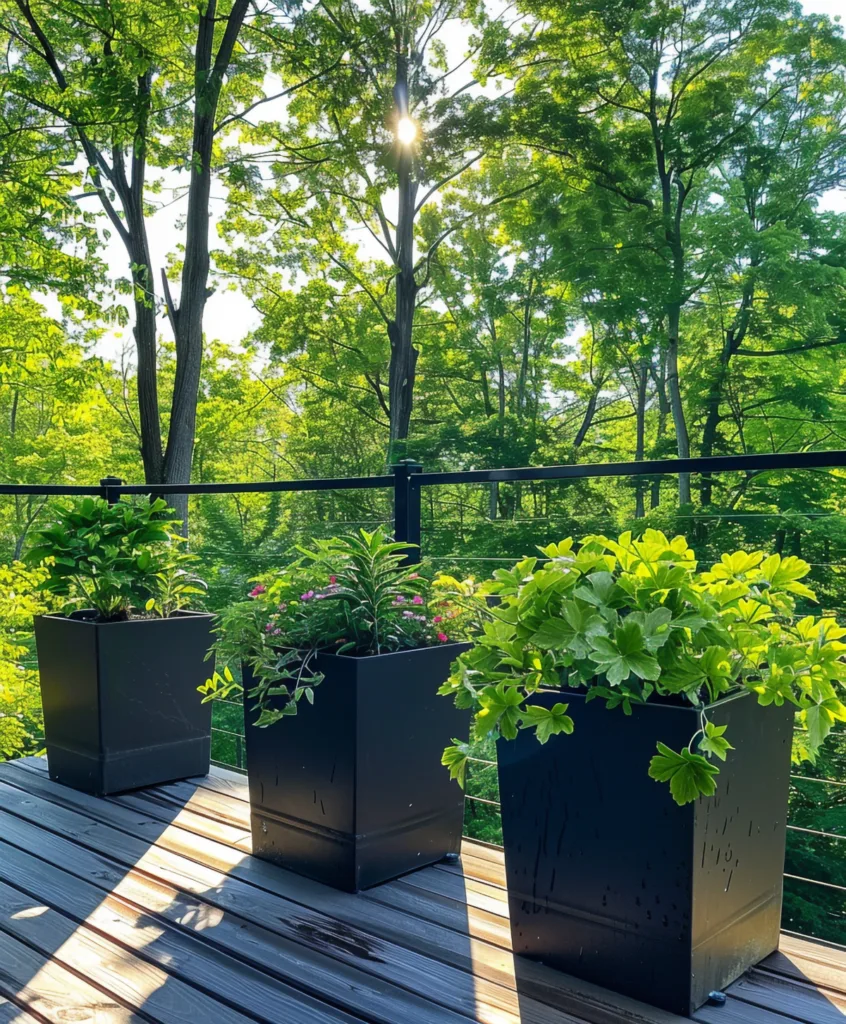
Miscellaneous Terms
- USDA Hardiness Zones: A system used by the United States Department of Agriculture to categorize regions based on average minimum winter temperatures. This guide helps gardeners determine which plants are most likely to thrive in their local climate.
- Botanical name: The scientific name of a plant, providing a universal identification method. Botanical names are often in Latin and help avoid confusion caused by common names that vary by region.
- Seed packet: A package containing seeds along with information on planting and care. Seed packets provide essential details such as planting depth, spacing, and days to germination.
- Garden centers: Retail stores specializing in plants, gardening tools, and supplies. Garden centers offer a variety of plants, seeds, soils, and gardening equipment, along with expert advice.
- Grass clippings: Mowed grass that can be used as mulch or compost material. Grass clippings add nitrogen to compost piles and can help suppress weeds when used as mulch.
- Wood chips: Chipped wood used for mulch, paths, or soil improvement. Wood chips help retain soil moisture, reduce weeds, and add organic matter to the soil as they decompose.
- Peat moss: A soil amendment derived from decomposed sphagnum moss, used to improve soil structure and water retention. Peat moss is commonly added to garden soil to enhance its ability to hold moisture and nutrients.
Gardening brings you closer to nature and provides fresh produce and beautiful flowers. Understanding the terminology can make the process less daunting and more enjoyable. Equipped with a solid grasp of basic soil terms, plant types, planting techniques, and essential gardening practices, you’ll find it easier to plan, plant, and maintain your garden. Whether you’re cultivating a vegetable patch, designing a flower bed, or growing fruit trees, these terms will help you make informed decisions and troubleshoot common gardening challenges.
Starting your first garden is about growing plants as well as continuous learning and adapting to the needs of your plants and environment. Embrace the process, enjoy the learning curve, and celebrate each milestone in your gardening endeavors. Happy gardening, and may your garden flourish with health and beauty for many seasons to come!
